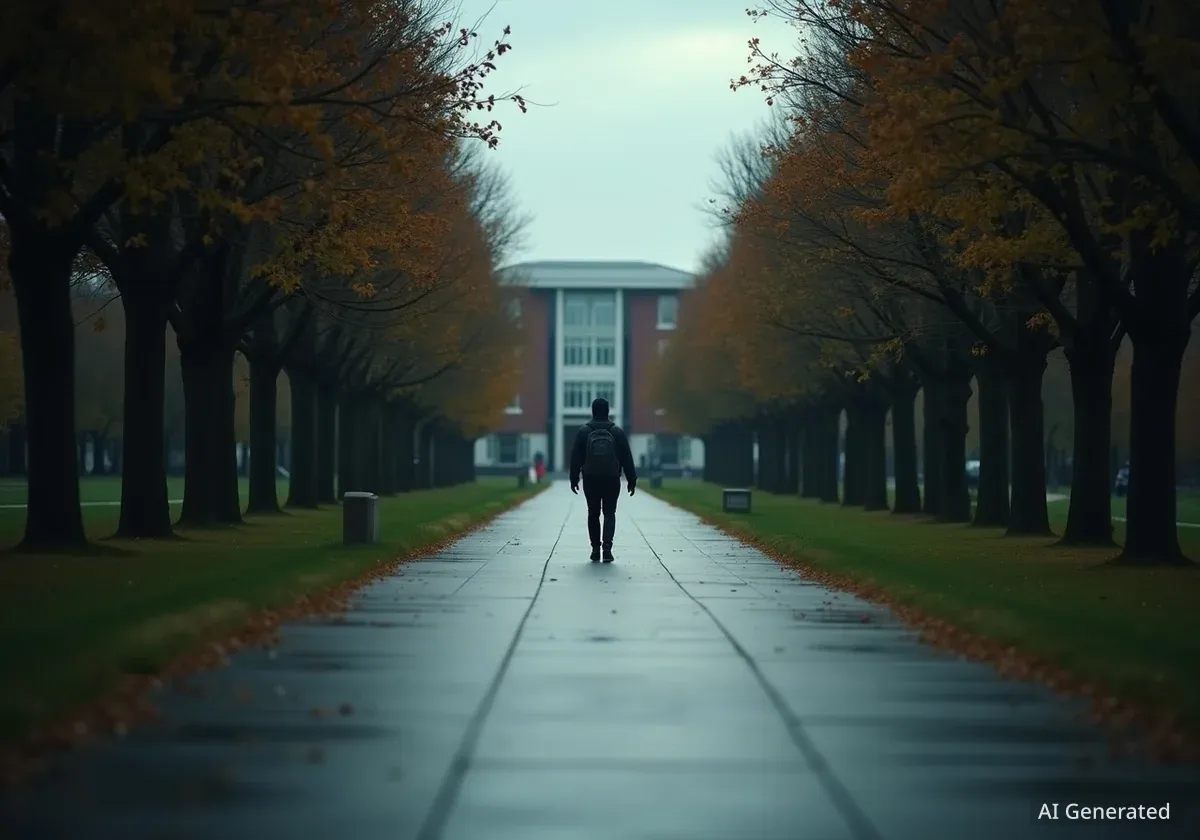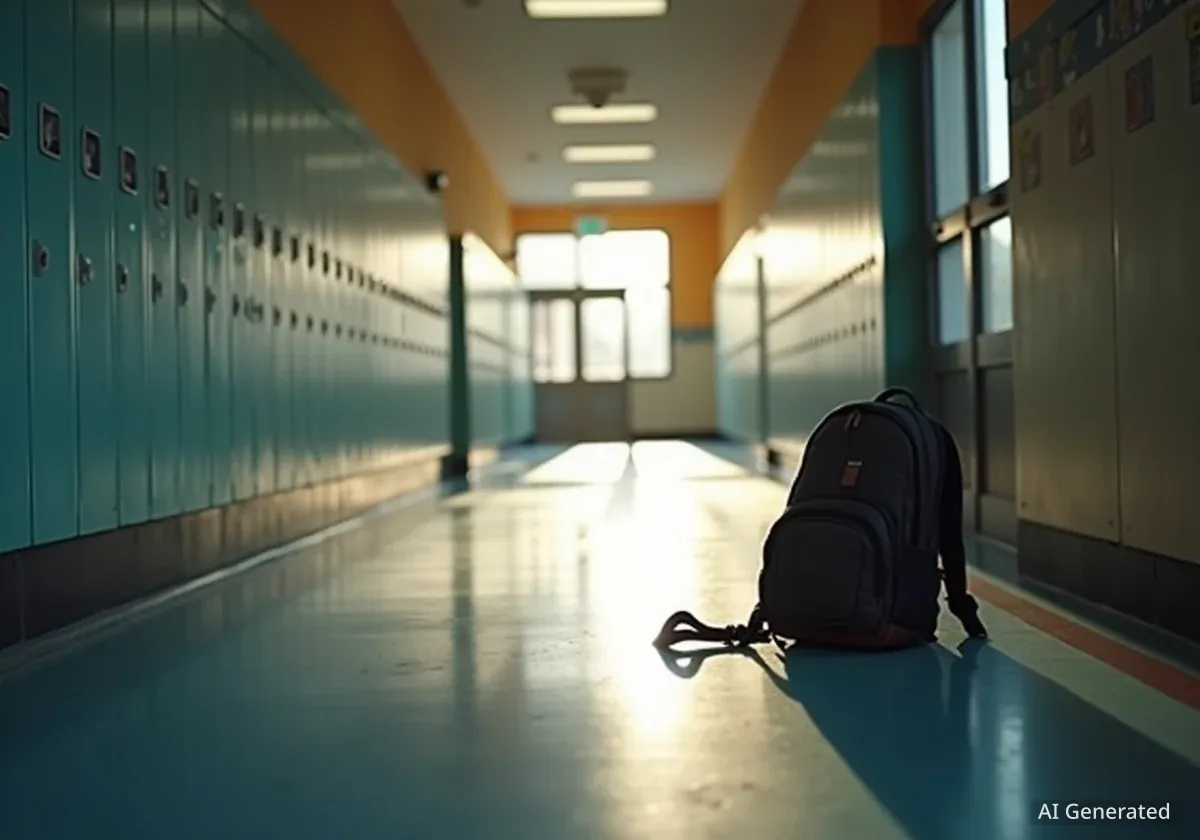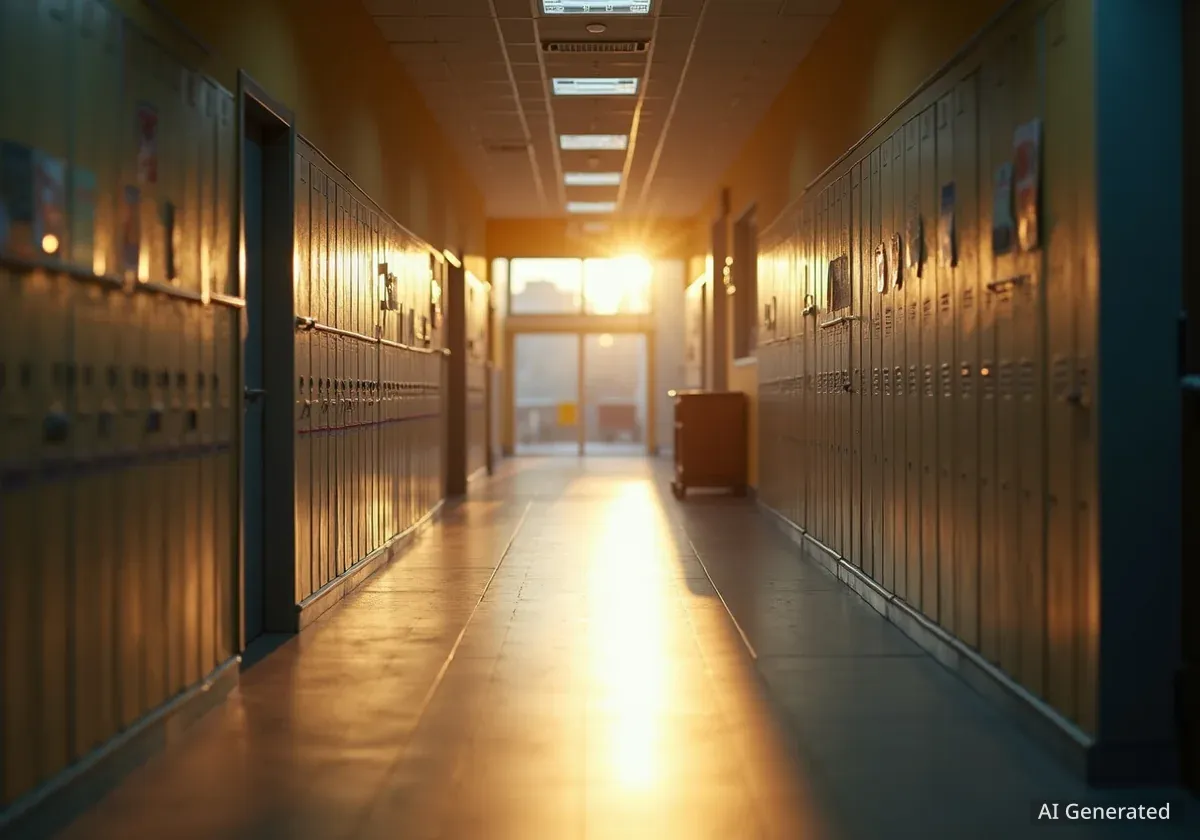The United States experienced a significant drop in the number of international students arriving in August, with federal data showing a nearly 20 percent decrease compared to the same period last year. This 19 percent decline represents the most substantial reduction recorded outside of the disruptions caused by the COVID-19 pandemic, raising concerns among higher education institutions.
Key Takeaways
- International student arrivals in the U.S. for August fell by 19 percent year-over-year.
- Students from Africa and Asia saw the largest decreases, at 32 percent and 24 percent respectively.
- Policy changes, including stricter social media vetting and visa processing delays, are considered potential contributing factors.
- Over 200 international students have filed a lawsuit against the Trump administration regarding visa reinstatements.
A Sharp Downturn in Student Numbers
According to an analysis of federal government data, the flow of international students into the United States showed a marked slowdown in August. The 19 percent decrease compared to the previous year signals a significant shift in enrollment patterns. A separate federal tracking system corroborated this trend, indicating that the increase in foreign students for August was 23 percent smaller than the growth seen in 2024.
These figures provide an early snapshot of the academic year but come with some caveats. The data includes both new and returning students and does not account for individuals who may have remained in the U.S. over the summer break. Furthermore, some students might arrive later in the semester, such as in September, which could alter the final totals.
Understanding the Data
The August arrival data is a preliminary indicator and not a complete picture of annual enrollment. It captures a crucial travel window for students beginning the fall semester but does not reflect the total number of new students who chose not to study in the U.S. or those who may arrive outside this specific timeframe.
Disparities Across Geographic Regions
The decline in student arrivals was not uniform across all regions, with some areas experiencing much steeper drops than others. The data reveals a particularly sharp downturn in students from Africa and Asia, which traditionally represent a large portion of the international student body in the U.S.
The regional breakdown of the decline is as follows:
- African students: A 32 percent drop
- Asian students: A 24 percent drop
- Middle Eastern students: A 17 percent drop
- South American students: An 11 percent drop
- European students: A 2 percent drop
The significant 24 percent reduction in students from Asia is particularly noteworthy, as this continent is the largest source of foreign students for American universities. In contrast, the modest 2 percent dip from Europe suggests that factors influencing student decisions may vary significantly by region.
The United States typically hosts more than one million international students each year, with a majority originating from countries in Asia. These students contribute significantly to the U.S. economy and academic research.
Potential Factors Driving the Decline
Education advocates and policy analysts point to several potential factors that may be deterring international students from studying in the U.S. Recent administrative policies have introduced new hurdles and uncertainties for prospective students.
Some of the policies cited include a more rigorous social media vetting process for visa applicants, which has added complexity and privacy concerns to the application process. Additionally, there have been widespread reports of delays in processing visas and scheduling mandatory interviews, which could cause students to miss their start dates or opt for universities in other countries with more predictable systems.
The political climate has also been identified as a possible deterrent. According to reports, actions such as the arrest of pro-Palestinian student protesters and threats to limit the number of foreign students at certain institutions may have contributed to a perception of the U.S. as a less welcoming environment.
Legal Challenges and Future Outlook
The difficulties faced by international students have escalated to the point of legal action. Recently, a group of more than 200 international students filed a lawsuit against the Trump administration. The lawsuit seeks to have their visas reinstated, highlighting the direct impact of recent policy decisions on individual students' academic careers.
This decline in international student arrivals could have long-term consequences for American universities, which rely on the tuition revenue and diverse perspectives these students bring. The trend also affects the country's standing as a global leader in higher education and its ability to attract top talent from around the world. Higher education institutions will be closely monitoring enrollment figures for the full academic year to assess the complete impact of these developments.





